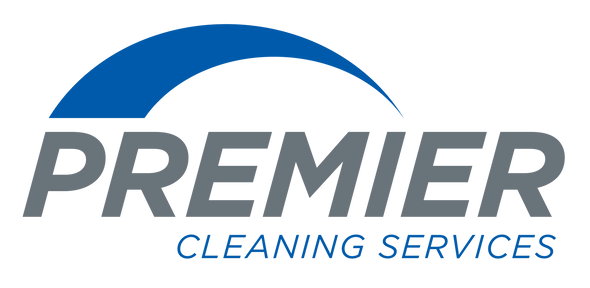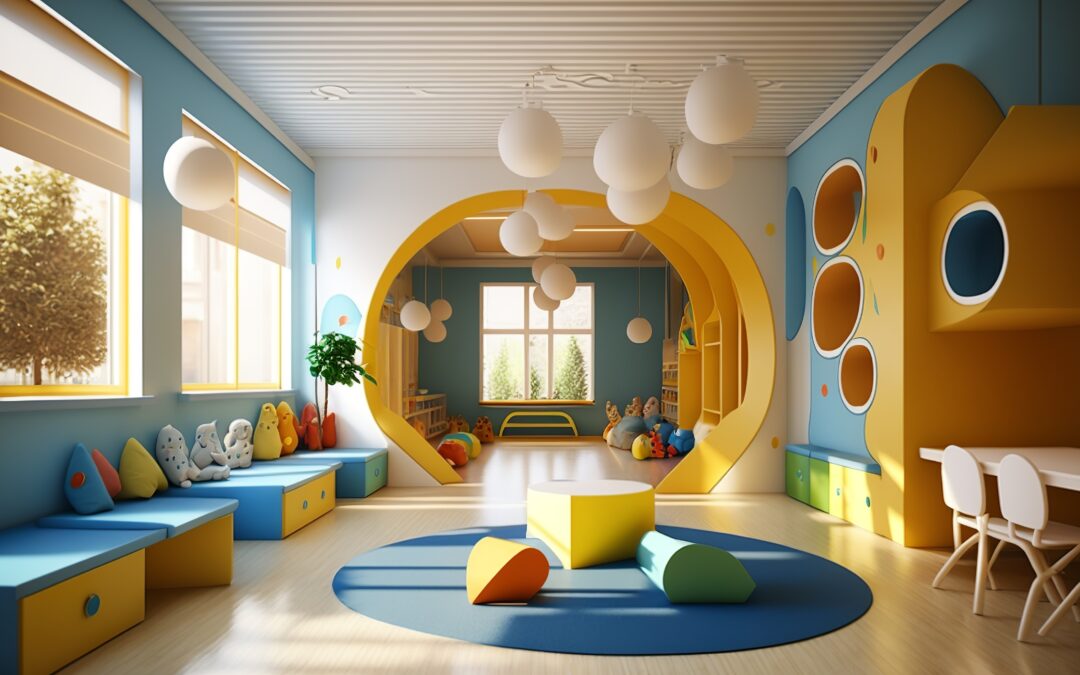Introduction
Ensuring a safe and healthy environment for children is of paramount importance in any childcare facility. As childcare professionals, it is crucial to implement robust disinfection protocols that prioritize cleanliness and hygiene. Here, we will explore effective strategies for disinfecting childcare play areas. From understanding the importance of disinfection to practical cleaning techniques, we will cover everything you need to know to maintain a germ-free and safe environment for the little ones in your care.
The Significance of Disinfection in Childcare
In a childcare setting, where children play, interact, and share toys, the risk of spreading germs and infections is higher. Disinfection plays a crucial role in minimizing these risks, preventing the transmission of harmful pathogens, and safeguarding the health of both children and staff members. By implementing comprehensive disinfection protocols, childcare professionals can create a safe and healthy environment that promotes the overall well-being of everyone involved.
Regular Cleaning Routines
Establishing a regular cleaning routine is vital to maintaining a clean and hygienic childcare environment. Daily cleaning should include tasks such as sweeping, mopping, and dusting to remove visible dirt and debris. Additionally, all surfaces, including floors, countertops, tables, and play equipment, should be wiped down with appropriate disinfectants.
Proper Disinfection Techniques
When it comes to disinfecting childcare play areas, thoroughness is key. Research your area’s specific legal guidelines regarding disinfection in childcare spaces. Follow these steps to ensure effective disinfection:
Selecting the Right Disinfectants: Look for disinfectants that are specifically formulated for use in childcare settings to ensure that they are safe to be used around children. The United States Environmental Protection Agency (EPA) recommends green cleaning products for childcare cleaning, as they are specifically formulated to eliminate ingredients with the most potential for harm. Ensure that products are EPA-approved and capable of killing a broad spectrum of pathogens.
Proper Dilution and Application: Follow the manufacturer’s instructions for dilution ratios and application methods. Pay attention to contact time, as disinfectants require a certain amount of time to effectively kill germs.
Target High-Touch Surfaces: Focus on frequently touched surfaces such as doorknobs, light switches, tabletops, and toys. These areas are more likely to harbor germs and require regular disinfection.
Cleaning Toys: Develop a system for cleaning and disinfecting toys. Non-porous toys can be washed with soap and water, while soft toys should be laundered regularly.
Staff Training and Education
Educating and training staff members on proper cleaning and disinfection techniques is essential. Make sure they understand the importance of following established protocols, using the correct products, and adhering to safety guidelines. Encourage open communication and provide regular updates on new cleaning practices and any changes in disinfection protocols. Train staff to spot any potential spills and to keep an eye on children during messy activities.
Hand Hygiene Practices
Proper hand hygiene is a critical aspect of preventing the spread of infections. Teach children and staff members the importance of washing hands thoroughly with soap and water for at least 20 seconds. Teaching this habit to the children in your care not only supports the safety of your establishment but also encourages kids to continue proper handwashing as they grow older. Ensure handwashing stations are at an accessible height and well-stocked with soap and paper towels.
Adequate Ventilation
Good ventilation is crucial in childcare settings to maintain fresh air circulation. Open windows whenever possible or install appropriate ventilation systems to promote air exchange. Proper ventilation helps reduce the concentration of airborne pathogens and creates a healthier indoor environment, promoting the safety of children in your care.
Maintaining a Healthy Cleaning Schedule
Creating a comprehensive cleaning schedule is essential for childcare facilities. Assign specific tasks to staff members and establish a routine for daily, weekly, and monthly cleaning and disinfection activities. Regularly review and update the cleaning schedule to ensure all areas and items are covered adequately.
Hire a Professional Cleaning Service
Caring for children is an all-hands-on-deck situation. Hiring a professional cleaning service is a great way to free up time for childcare staff, allowing them to spend their full attention on the kids. Professional cleaners are trained in up-to-date cleaning techniques and regulations. They are able to create a cleaning regimen specific to your childcare facility’s layout and time specifications, as well as any unique requirements your building may have. Hiring a professional cleaning service leaves you the room to provide the children in your care with the quality support they deserve. Visit this blog post for more information on the benefits of hiring a professional cleaning service.
Conclusion
Disinfection protocols play a vital role in creating a safe and healthy environment for children in childcare settings. By implementing regular cleaning routines, proper disinfection techniques, staff training, and the expertise of professional cleaners, childcare professionals can effectively minimize the risk of infections. Remember, the well-being of the children in your care depends on the dedication you put into maintaining a thoroughly cleaned and germ-free environment. By prioritizing safety and cleanliness, you are providing them with the best possible care and peace of mind for their parents.
Interested in hiring a reliable professional cleaning service to suit your childcare facility’s needs? Visit Premier Cleaning Services for a free estimate.

